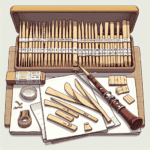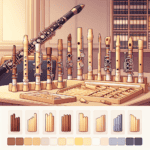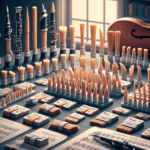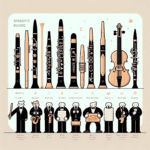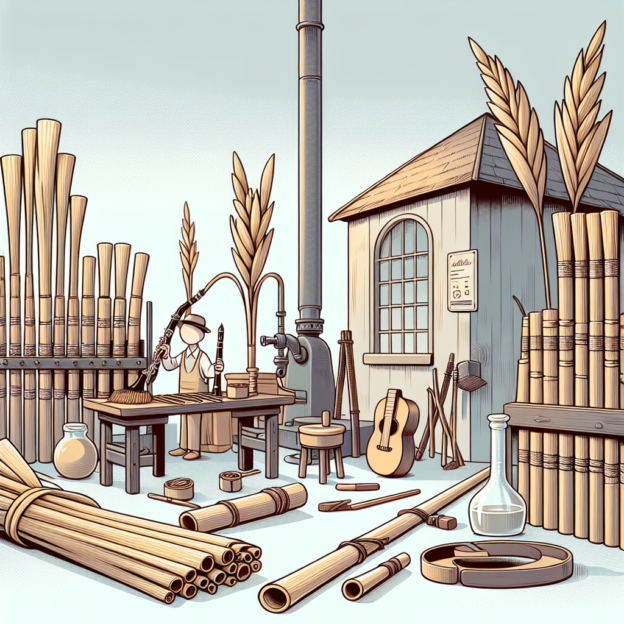Every clarinetist knows that a good reed can make or break their performance. The often-overlooked key element? The quality and characteristics of the cane used to craft your reeds. Clarinet reed cane selection blends artistry and science, giving players a chance to find the sweet spot between tone, resistance, and durability. This guide will show you how to identify the right cane and make smart choices based on your musical style, climate, and playing needs.
What is Reed Cane?
Reed cane comes from a specific plant called Arundo donax. Native to the Mediterranean, this grass grows incredibly tall and sturdy. Its natural fibers and flexibility make it perfect for musical instruments. But it's not just any old grass. The best cane is carefully grown, harvested, and processed. That's why reeds can perform so differently even when they look the same at first glance. Things like density, thickness, and grain pattern play a huge role!
Key Characteristics of Reed Cane
When choosing the best cane, all reeds aren't created equal. Here's what sets high-quality cane apart:
| Characteristic | Description | Impact on Playing |
|---|---|---|
| Density | Determines reed stiffness and durability | Denser cane projects sound better and lasts longer, but requires more control |
| Flexibility | Affects playability and tone depth | Balance is key – too rigid is unplayable, too soft lacks depth |
| Grain Consistency | Ensures even vibration across the reed | Look for visible, evenly spaced lines on the cane's cross-section |
| Age of Cane | Affects stability and resonance | Properly aged cane usually produces more stable and resonant reeds |
Choosing Cane for Your Playing Environment
Your playing environment can greatly affect which cane works best for your reeds. In humid areas, softer cane might soak up too much water and swell. Dry climates can make reeds brittle. It's good to try different options to see what suits your specific conditions.
Also, think about the type of music you play. For jazz, where you need to bend notes, softer cane might be your go-to. Classical players often prefer denser cane to maintain precise phrasing and dynamics.
Is Hand-Selecting Cane Worth It?
Many clarinetists prefer hand-picking cane to get exactly what they want. If you get the chance, give it a try. Check each piece of cane for flaws or odd spots. Gently press to check how flexible it is. Trust what you feel. Experienced players often develop a sixth sense for spotting great cane just by touch and sight.
Using Factory-Made Reeds
Let's face it—most players use pre-made reeds from trusted brands. But that doesn't mean you can't be picky about the cane. By knowing what makes good cane, you'll spot what works and what doesn't. You can even improve factory reeds with reed knives, sandpaper, or by tweaking the heart and tip areas.
Making the Most of “Less Than Perfect” Cane
Not every piece of cane will be top-notch. But don't worry—imperfect cane isn't a lost cause. In fact, it's a chance to improve! Shaping, sanding, or adjusting can often turn an average reed into a great one. Learn these DIY tricks, and you'll always have an edge.
Creating a Reed Care Routine
After picking your cane, remember to care for your reeds. Breaking in new reeds properly and switching between them regularly makes a big difference. Don't forget to let your reeds settle before performances. A good rotation also helps your reeds last longer, so you get the most out of your cane.
Final Thoughts on Quality and Selection
Martin Freres Clarinets has a rich history that inspires clarinetists around the world. While they don't make cane, their commitment to quality shows how important every part of your clarinet setup is—right down to your reed cane. Choosing the right cane is more than just a decision; it's part of growing as a musician. So take your time, try different options, and listen to your instrument. The right choice could be what takes your clarinet playing to the next level!

